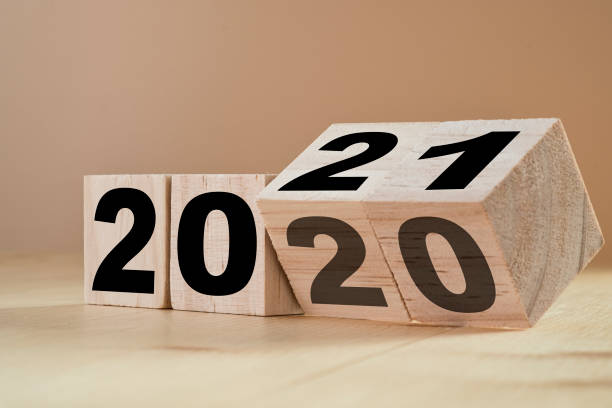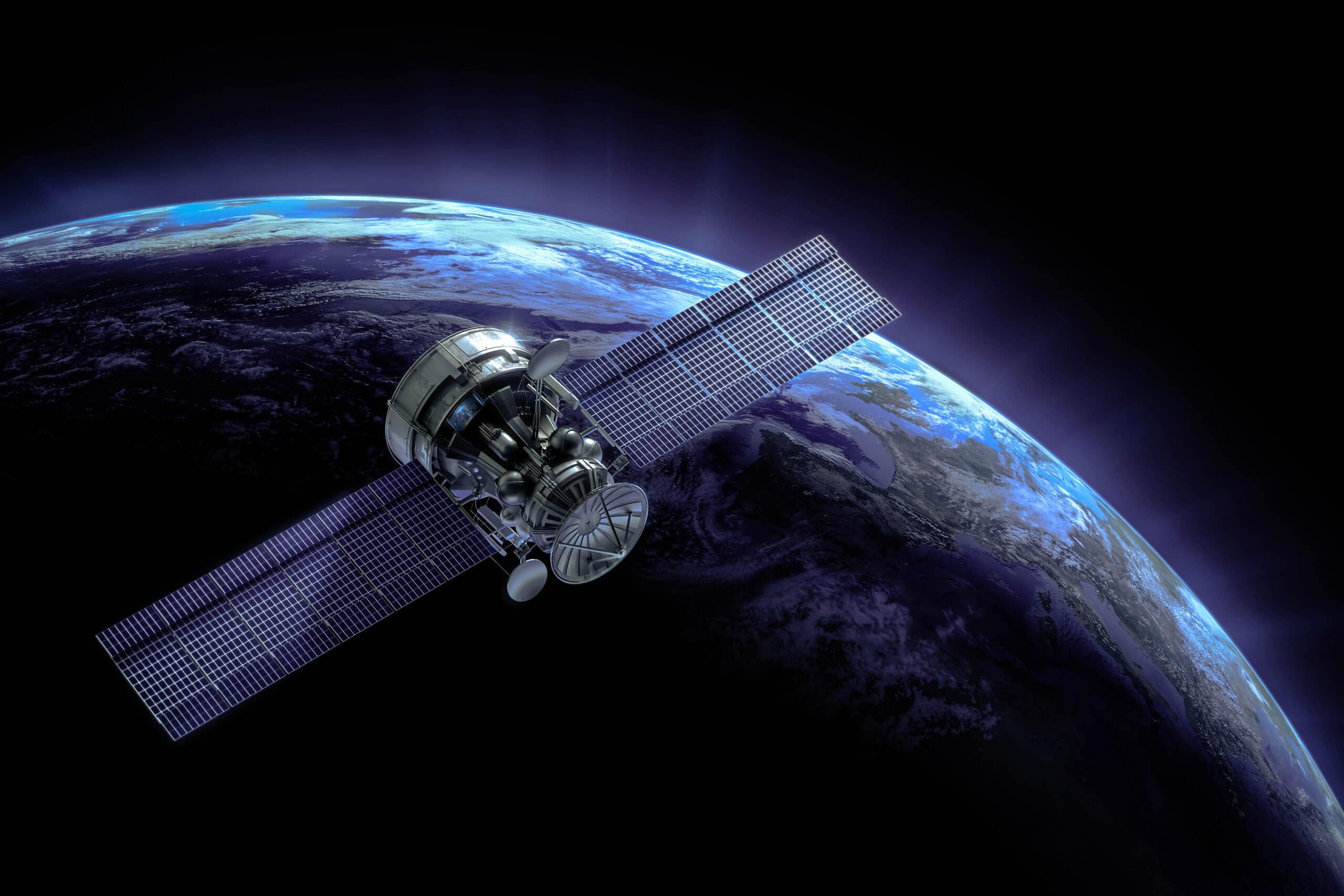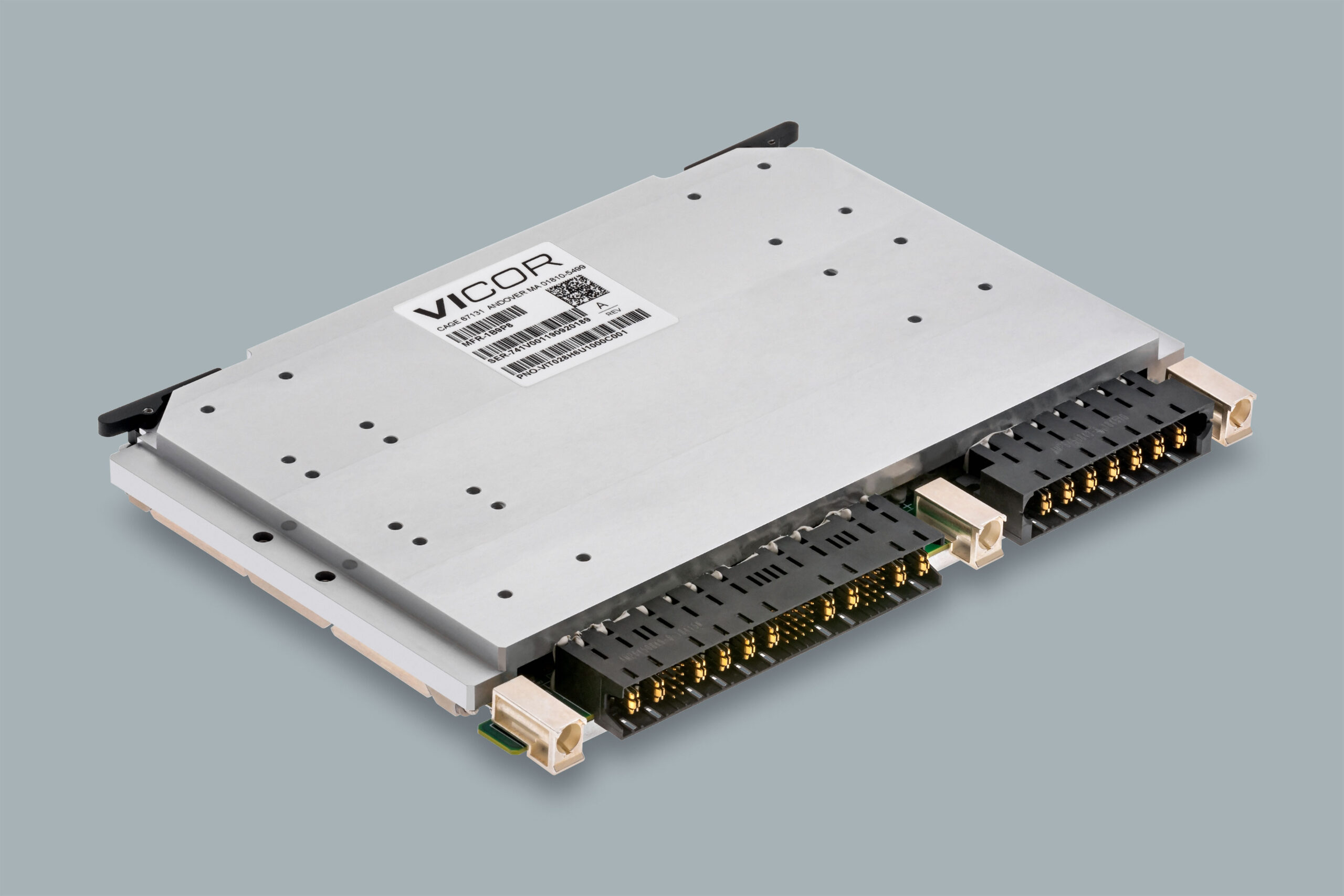Vicor Corporation has released its forecasts for 2021, which cover 4 areas: automotive, high performance computing, aerospace and defense, and robotics.
The maelstrom of 2020 has masked the rapid acceleration of innovation, made clear by the development in record time of not one but many COVID-19 vaccines. The speed of innovation is also occurring in other areas thanks to to the momentum coming from changes in habits and new priorities caused by the pandemic.
The examples below are of existing trends that will accelerate significantly and further call for the use and development of efficient, compact and modular Power Delivery Networks (PDNs).
Forecast #1 – Automotive: Covid has accelerated the adoption of electric vehicles and 48V systems, by Nicolas Richard, Director of Automotive Business Development EMEA at Vicor
Transportation has been one of the sectors hardest hit by the global pandemic, as fewer people are moving both short and long distances. The automotive industry has experienced a rapid decline in sales and signs continue to point in this direction well into 2021. Manufacturers have responded by placing greater emphasis on growth segments, specifically electric vehicles. Although they have cut the development of traditional cars, they are advancing the development of electric vehicles, focusing to do so on a technology that provides a competitive advantage. While fewer people are commuting, studies indicate that people feel much safer when using their own cars rather than public transport. Consequently, we believe that this will accelerate the need for affordable electric vehicles, so the trend of replacing 12V power grids with 48V will accelerate markedly due to increased investment in development.
Forecast #2 – High Performance Computing: Demand for data center capacity will outpace physical floor space, by Lev Slutskiy, Vicor Regional Director
Data centers were already growing rapidly, but the pandemic has accelerated their demand beyond forecasts and will continue to rise even after defeating the coronavirus. There are more people telecommuting, more students learning from home, and fewer entertainment options outside the home, so more streaming videos are downloaded and more games are played online. We have verified to what extent users depend on the metropolitan networks that constitute the current telecommunications infrastructure.
In 2021, the quest for more efficient data center consumption will take a step forward and we believe that this industry will not only rely more on renewable energy than in previous years, but we also anticipate that more data centers will move from infrastructure based in alternating current (AC) to direct current (DC) in order to better cope with the huge increase in high performance computing power demand.
Forecast #3 – Military and Aerospace – The three big catalysts for change in 2021 will be the pandemic, hypersonic missiles and asymmetric warfare, by Teo DeLellis, Director of Vicor Aerospace Business Development
As a result of the huge investments in the fight against COVID-19, governments around the world have set new priorities and adopted economic support measures to help communities, businesses and citizens cope with the impact of the pandemic. A recent study carried out by Janes in June 2020 highlighted that defense spending is falling in the main NATO countries. Consequently, At the beginning of 2021 there will be a gigantic fiscal pressure on governments to cut their budgets in sections such as defense in order to strengthen the economies of their countries, social welfare and other important objectives. This measure does not take into account the geopolitical pressures stemming from a rising nationalism at many levels. An example of this is Sweden's decision to increase its military spending by 40% due to increased tension with Russia.
Forecast #4 – Robotics: The number of drones and robots in Europe will reach 747 million by 2021, by Henryk Dabrowski, Vice President of EMEA Sales at Vicor
By the end of 2021, for every woman, man, boy and girl in Europe there will be at least one delivery robot or drone tasked with delivering a package or disinfecting public spaces as part of our fight against the pandemic..
Robotics innovation will also see a marked acceleration as companies turn to robots to safely engage with customers and perform tasks without exposing people to the coronavirus. To meet demand, robotics developers will have to take existing designs and use them as platforms instead of trying to develop new robots from scratch.
The sizing of the platforms will require adapting the power corresponding to each power level in order to adapt to the different sizes and capacities of the robots. A primary requirement to meet this challenge will be to resort to a modular and scalable approach to power.
Among the main factors to expand automated delivery services will be the autonomy and weight of the robot or drone. Vicor allows designers to lighten their drones to improve performance, as well as manage power so drones can fly further and more reliably than ever before. We anticipate that in the most densely populated areas of European cities more robots and drones will be used, while in more remote regions like the Alps there will be more drones to assist in emergencies and deliver vital medical supplies, while that the heaviest loads will be carried out by autonomous trucks.
In Europe, Tescos, Amazon, DHL and UPS have started testing delivery drones and the pandemic represents the tipping point for retail to push towards its full digital transformation. The convenience of home delivery to which the population has become accustomed during the confinement will mean that face-to-face purchases in stores or supermarkets will not recover their pre-pandemic levels. The use of robots on the streets and drones in the air will allow merchants to supply their products at a lower cost. In China, drones have already started delivering to remote parts of the country and we have seen rapid progress with logistics companies obtaining permits from the aviation authorities for commercial drone traffic.








